Home>Furniture & Design>Interior Design Trends>What Is Full Glass Coverage
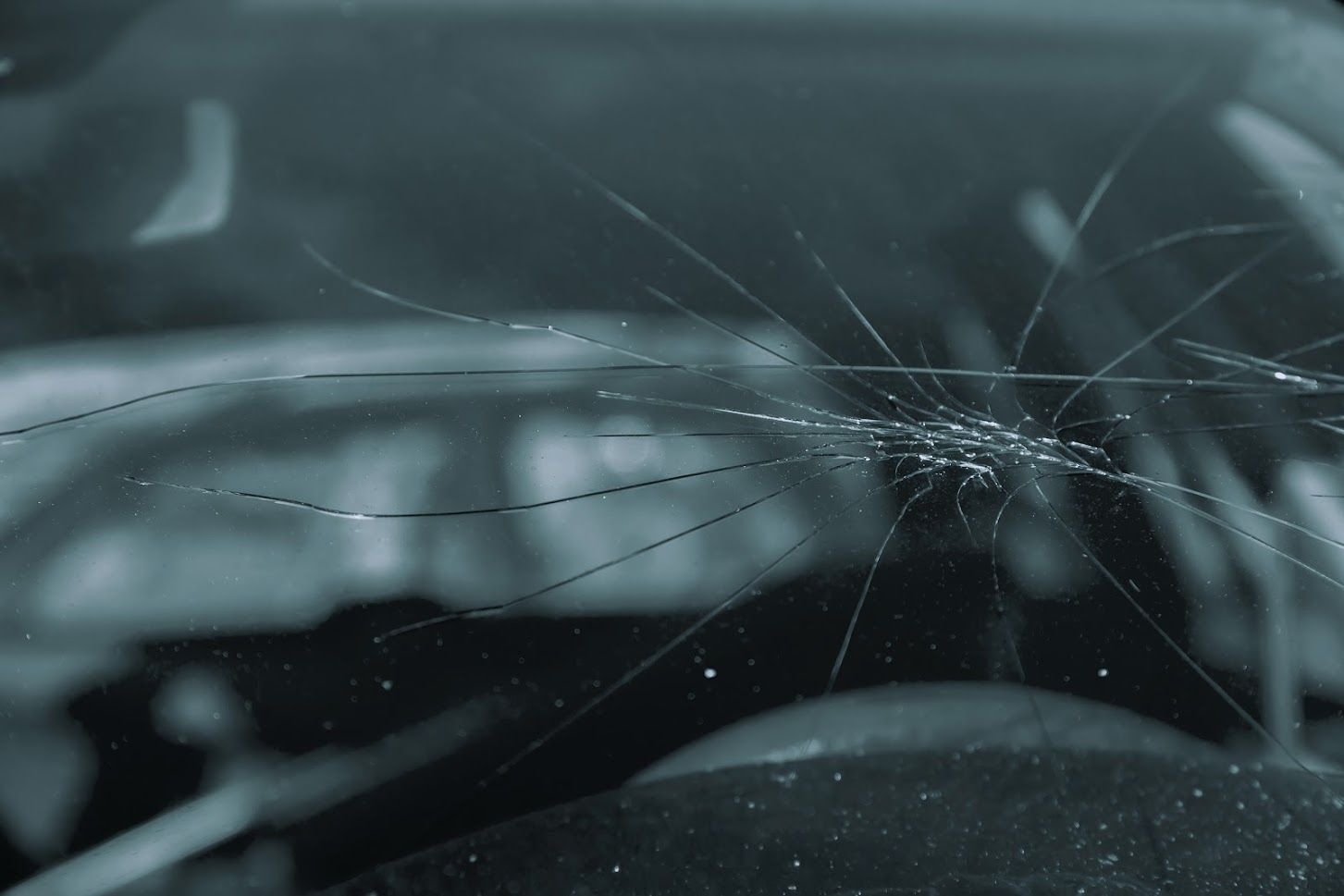

Interior Design Trends
What Is Full Glass Coverage
Published: February 6, 2024
Discover the latest interior design trends with full glass coverage. Enhance your space with modern and sleek design options. Explore now!
(Many of the links in this article redirect to a specific reviewed product. Your purchase of these products through affiliate links helps to generate commission for Storables.com, at no extra cost. Learn more)
Introduction
When it comes to protecting your vehicle from unexpected mishaps, having the right insurance coverage is crucial. While most car owners are familiar with comprehensive and collision coverage, there's another essential component that often goes overlooked – full glass coverage. This specialized form of insurance provides financial protection in the event of damage to your vehicle's glass components, offering peace of mind and potentially saving you from significant out-of-pocket expenses.
Full glass coverage is designed to address the vulnerability of your vehicle's glass elements, including the windshield, side windows, and rear window. Unlike standard comprehensive coverage, which may include glass protection as an optional add-on, full glass coverage specifically focuses on safeguarding these critical components from damage caused by various factors such as road debris, vandalism, and inclement weather.
By understanding the nuances of full glass coverage, you can make informed decisions to ensure comprehensive protection for your vehicle. In the following sections, we will delve deeper into the definition, types of glass covered, benefits, cost, and how to add full glass coverage to your insurance policy. Let's explore the world of full glass coverage and discover the valuable protection it offers for your cherished vehicle.
Key Takeaways:
- Full glass coverage provides financial protection for your vehicle’s glass components, including the windshield, side windows, and rear window, offering peace of mind and streamlined claims process for glass damage.
- Adding full glass coverage to your insurance policy is a straightforward process that can significantly enhance the protection and security of your vehicle, providing comprehensive coverage for your vehicle’s glass components.
Read more: What Does Full Glass Coverage Mean
Definition of Full Glass Coverage
Full glass coverage, also known as glass insurance, is a specialized component of an auto insurance policy that provides financial protection for the repair or replacement of a vehicle's glass components. This coverage typically includes the windshield, side windows, and rear window, offering a safeguard against damage resulting from various factors such as road debris, vandalism, and extreme weather conditions.
Unlike standard comprehensive coverage, which may require a deductible for glass claims, full glass coverage often features a zero-deductible option, allowing policyholders to address glass damage without incurring out-of-pocket expenses. This aspect sets full glass coverage apart as a valuable addition to an auto insurance policy, ensuring that vehicle owners can address glass-related issues promptly and efficiently.
In essence, full glass coverage serves as a dedicated safety net for a vehicle's glass elements, acknowledging their susceptibility to damage and the potential safety hazards associated with compromised glass. By encompassing a range of scenarios, including windshield cracks, chips, or complete shattering due to unforeseen events, this specialized coverage offers peace of mind to vehicle owners, enabling them to address glass-related issues without undue financial strain.
Moreover, full glass coverage is designed to streamline the claims process for glass damage, allowing policyholders to seek prompt repairs or replacements without navigating complex procedures or facing significant financial burdens. This aspect underscores the practicality and convenience of full glass coverage, emphasizing its role in mitigating the impact of unexpected glass damage on vehicle owners.
Overall, the definition of full glass coverage encapsulates its pivotal role in providing comprehensive protection for a vehicle's glass components, offering a tailored solution to address the vulnerabilities and potential risks associated with glass damage. By understanding the scope and benefits of full glass coverage, vehicle owners can make informed decisions to fortify their insurance policies and safeguard their vehicles against unforeseen glass-related incidents.
Types of Glass Covered
Full glass coverage encompasses various types of glass components in a vehicle, providing comprehensive protection against damage and ensuring the safety and integrity of these critical elements. Understanding the specific types of glass covered under this specialized insurance can shed light on the extent of protection offered to vehicle owners.
-
Windshield: As one of the most prominent and crucial glass components in a vehicle, the windshield is a primary focus of full glass coverage. It shields occupants from debris and provides structural support to the vehicle. Comprehensive protection for the windshield under full glass coverage ensures that any damage, such as cracks, chips, or complete shattering, can be promptly addressed without imposing financial burdens on the policyholder.
-
Side Windows: The side windows of a vehicle play a pivotal role in providing visibility and enhancing the overall driving experience. Full glass coverage extends its protective umbrella to include side windows, safeguarding them from potential damage caused by various factors, such as vandalism, accidents, or extreme weather conditions. This comprehensive coverage ensures that any issues with side windows can be efficiently rectified, allowing vehicle owners to maintain the safety and functionality of their vehicles.
-
Rear Window: Often overlooked but equally essential, the rear window of a vehicle contributes to visibility and safety on the road. Full glass coverage encompasses the rear window, offering financial protection for repairs or replacements in the event of damage. Whether due to unforeseen incidents or external factors, such as vandalism or inclement weather, the inclusion of the rear window in this specialized coverage underscores its holistic approach to safeguarding a vehicle's glass components.
By encompassing these types of glass components, full glass coverage provides a comprehensive safety net for vehicle owners, addressing the vulnerabilities and potential risks associated with glass damage. This inclusive approach ensures that policyholders can navigate unforeseen glass-related incidents with confidence, knowing that their insurance policy offers dedicated protection for the windshield, side windows, and rear window.
In essence, the types of glass covered under full glass coverage reflect its commitment to ensuring the safety, functionality, and visual clarity of a vehicle's glass components. This comprehensive protection underscores the value of full glass coverage as a vital component of an auto insurance policy, offering peace of mind and practical solutions for addressing unexpected glass-related issues.
Benefits of Full Glass Coverage
Full glass coverage offers a myriad of benefits that extend beyond mere financial protection, encompassing the safety, convenience, and peace of mind of vehicle owners. Understanding these advantages illuminates the invaluable role of full glass coverage in fortifying an auto insurance policy and safeguarding vehicles against unforeseen glass-related incidents.
Comprehensive Financial Protection
One of the primary benefits of full glass coverage is its provision of comprehensive financial protection for a vehicle's glass components. By encompassing the windshield, side windows, and rear window, this specialized insurance ensures that policyholders can address damage without incurring significant out-of-pocket expenses. Moreover, the availability of a zero-deductible option for glass claims further enhances the financial benefits, allowing prompt repairs or replacements without imposing financial strain on the vehicle owner.
Read more: What Is A Plumbing Stoppage Coverage
Enhanced Safety and Visibility
The safety implications of intact and unobstructed glass components cannot be overstated. Full glass coverage contributes to enhanced safety and visibility on the road by facilitating timely repairs or replacements of damaged windshields, side windows, and rear windows. This aspect is particularly crucial, as compromised glass can pose safety hazards and impair the structural integrity of the vehicle. By prioritizing the safety of occupants and ensuring optimal visibility for the driver, full glass coverage aligns with the overarching goal of promoting safe and secure driving experiences.
Streamlined Claims Process
Another notable benefit of full glass coverage is its role in streamlining the claims process for glass damage. Unlike standard comprehensive coverage, which may involve complex procedures and deductibles for glass claims, full glass coverage offers a straightforward and efficient mechanism for addressing glass-related issues. This streamlined approach empowers vehicle owners to navigate the claims process with ease, facilitating prompt resolutions and minimizing disruptions to their daily routines.
Preservation of Vehicle Integrity
The aesthetic and functional integrity of a vehicle is closely tied to the condition of its glass components. Full glass coverage contributes to the preservation of vehicle integrity by enabling timely repairs or replacements, thereby preventing minor issues from escalating into more extensive damage. This proactive approach underscores the value of full glass coverage in maintaining the overall condition and resale value of the vehicle, reflecting a long-term benefit that resonates with vehicle owners seeking to protect their investments.
Peace of Mind and Convenience
Ultimately, full glass coverage offers a sense of peace of mind and convenience to vehicle owners, knowing that their insurance policy encompasses dedicated protection for their vehicle's glass components. This assurance allows them to navigate unforeseen glass-related incidents with confidence, secure in the knowledge that their insurance policy provides practical solutions and financial support when needed.
In essence, the benefits of full glass coverage extend far beyond financial protection, encompassing safety, convenience, and peace of mind for vehicle owners. By recognizing these advantages, vehicle owners can make informed decisions to fortify their insurance policies and ensure comprehensive protection for their cherished vehicles.
Read more: What Does Glass Half Full Mean
Cost of Full Glass Coverage
The cost of full glass coverage varies depending on several factors, including the insurance provider, the specific terms of the policy, and the vehicle's make and model. While it's essential to consider the potential expenses associated with this specialized coverage, the benefits and peace of mind it offers often outweigh the associated costs.
When evaluating the cost of full glass coverage, it's crucial to assess the potential financial implications of glass damage without adequate insurance protection. Repairing or replacing a windshield, side windows, or rear window can incur substantial expenses, especially if the damage is extensive or requires urgent attention. By contrast, full glass coverage provides a proactive solution to address such scenarios, offering financial support for necessary repairs or replacements without imposing significant out-of-pocket costs on the policyholder.
Moreover, the availability of a zero-deductible option for glass claims under full glass coverage further enhances its cost-effectiveness. This feature allows vehicle owners to seek prompt resolutions for glass-related issues without having to meet a deductible, thereby minimizing the financial impact and ensuring that necessary repairs or replacements can be addressed efficiently.
While the cost of full glass coverage represents an additional expense within an auto insurance policy, it is essential to weigh this against the potential long-term savings and benefits it offers. By safeguarding a vehicle's glass components from unexpected damage, full glass coverage aligns with the overarching goal of protecting the vehicle and its occupants, promoting safety, and preserving the vehicle's integrity.
Ultimately, the cost of full glass coverage reflects its value as a proactive and comprehensive solution for addressing glass-related incidents. By factoring in the potential financial implications of glass damage and the benefits of dedicated protection, vehicle owners can make informed decisions to fortify their insurance policies and ensure holistic coverage for their cherished vehicles.
How to Add Full Glass Coverage to Your Insurance Policy
Adding full glass coverage to your insurance policy is a straightforward process that can significantly enhance the protection and security of your vehicle. To ensure comprehensive coverage for your vehicle's glass components, follow these steps to seamlessly incorporate full glass coverage into your auto insurance policy:
-
Contact Your Insurance Provider: Initiate the process by reaching out to your insurance provider or agent. Inquire about the availability of full glass coverage and its specific terms and conditions. Understanding the details of this specialized coverage will enable you to make informed decisions regarding its inclusion in your policy.
-
Evaluate Policy Options: Assess the various policy options offered by your insurance provider, considering the specific terms and coverage limits associated with full glass coverage. Compare the costs and benefits of adding this specialized coverage to your policy, ensuring that it aligns with your vehicle's needs and your overall insurance objectives.
-
Review Deductible Options: Inquire about the deductible options available for full glass coverage. While some policies may feature a zero-deductible option for glass claims, others may involve deductible requirements. Understanding the deductible implications will help you determine the most suitable coverage for your financial preferences and glass-related needs.
-
Customize Your Policy: Work with your insurance provider to customize your policy to include full glass coverage. Ensure that the terms and coverage limits align with your vehicle's requirements, providing comprehensive protection for the windshield, side windows, and rear window against potential damage from various factors.
-
Understand Claim Procedures: Familiarize yourself with the claims process for glass damage under the full glass coverage. Clarify the steps involved in filing a glass-related claim, including the documentation required and the timeline for seeking repairs or replacements. Understanding the claims procedures will empower you to navigate potential glass-related incidents with confidence.
-
Finalize the Addition: Once you have reviewed and customized your policy to include full glass coverage, finalize the addition with your insurance provider. Ensure that the updated policy accurately reflects the inclusion of this specialized coverage, providing you with the assurance of comprehensive protection for your vehicle's glass components.
By following these steps, you can seamlessly add full glass coverage to your insurance policy, fortifying your vehicle's protection and addressing the vulnerabilities associated with glass damage. This proactive approach ensures that you can navigate unforeseen glass-related incidents with confidence, knowing that your insurance policy offers dedicated support and financial protection when needed.
When purchasing auto insurance, consider adding full glass coverage to protect against the cost of repairing or replacing your vehicle’s glass, such as the windshield. This coverage can save you money in the event of glass damage.
Conclusion
In conclusion, full glass coverage stands as a pivotal component of an auto insurance policy, offering dedicated protection for a vehicle's glass components and addressing the vulnerabilities associated with glass damage. By encompassing the windshield, side windows, and rear window, this specialized coverage provides comprehensive financial support, enhanced safety, and peace of mind for vehicle owners. The benefits of full glass coverage extend beyond mere financial protection, encompassing the preservation of vehicle integrity, streamlined claims processes, and the promotion of safe driving experiences.
The inclusion of full glass coverage in an auto insurance policy reflects a proactive approach to safeguarding vehicles against unforeseen glass-related incidents, acknowledging the critical role of intact and unobstructed glass components in ensuring the safety and functionality of the vehicle. Moreover, the availability of a zero-deductible option for glass claims under full glass coverage further enhances its cost-effectiveness, allowing policyholders to address glass damage without incurring significant out-of-pocket expenses.
By understanding the types of glass covered, the benefits, and the cost implications of full glass coverage, vehicle owners can make informed decisions to fortify their insurance policies and ensure holistic protection for their cherished vehicles. The process of adding full glass coverage to an insurance policy is straightforward, empowering vehicle owners to seamlessly incorporate this specialized coverage and enhance the security and resilience of their vehicles.
In essence, full glass coverage embodies a proactive and comprehensive solution for addressing glass-related incidents, aligning with the overarching goal of protecting vehicles and promoting safe driving experiences. By recognizing the value of full glass coverage and its role in fortifying auto insurance policies, vehicle owners can navigate unforeseen glass-related incidents with confidence, secure in the knowledge that their insurance policy offers practical solutions and dedicated support when needed.
Frequently Asked Questions about What Is Full Glass Coverage
Was this page helpful?
At Storables.com, we guarantee accurate and reliable information. Our content, validated by Expert Board Contributors, is crafted following stringent Editorial Policies. We're committed to providing you with well-researched, expert-backed insights for all your informational needs.
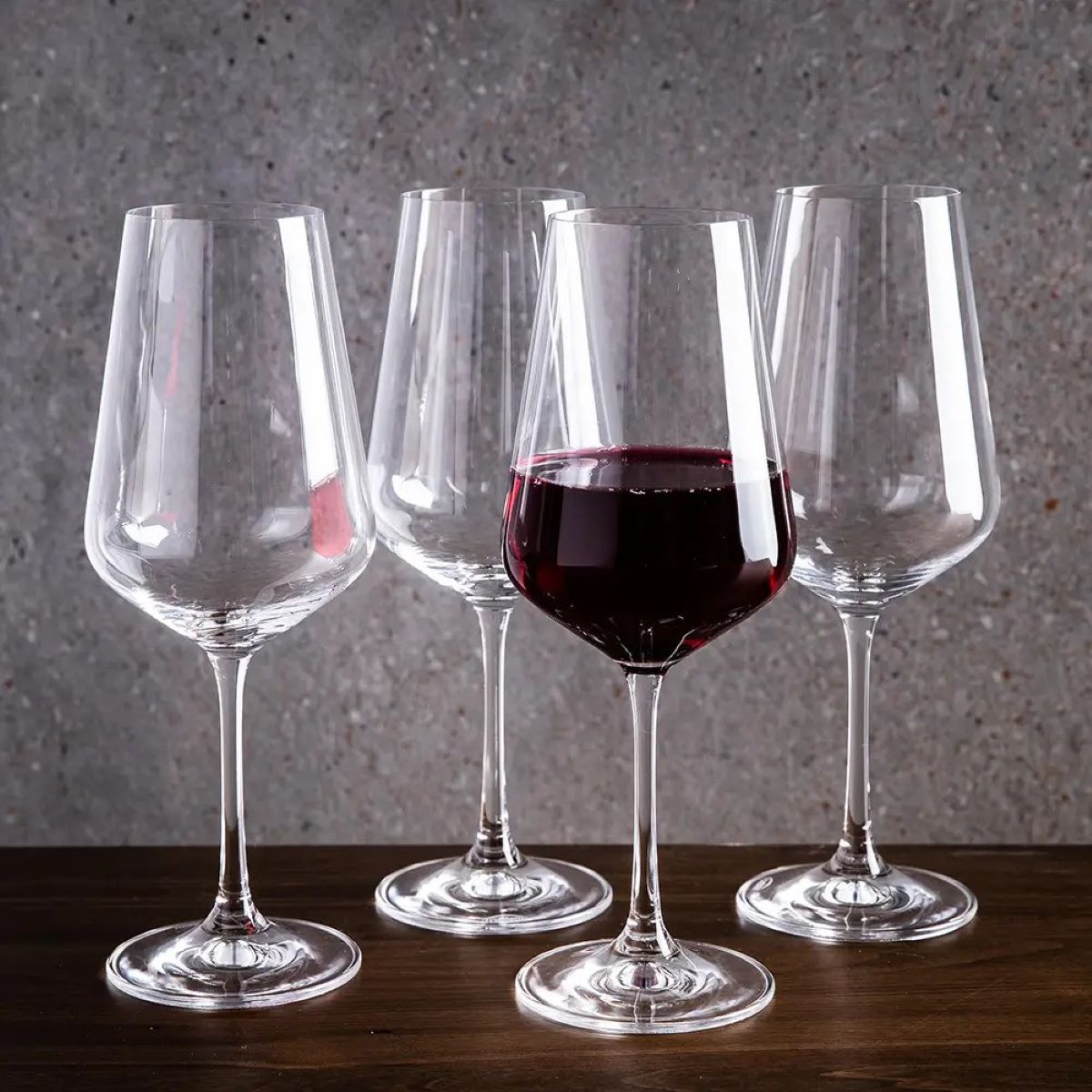
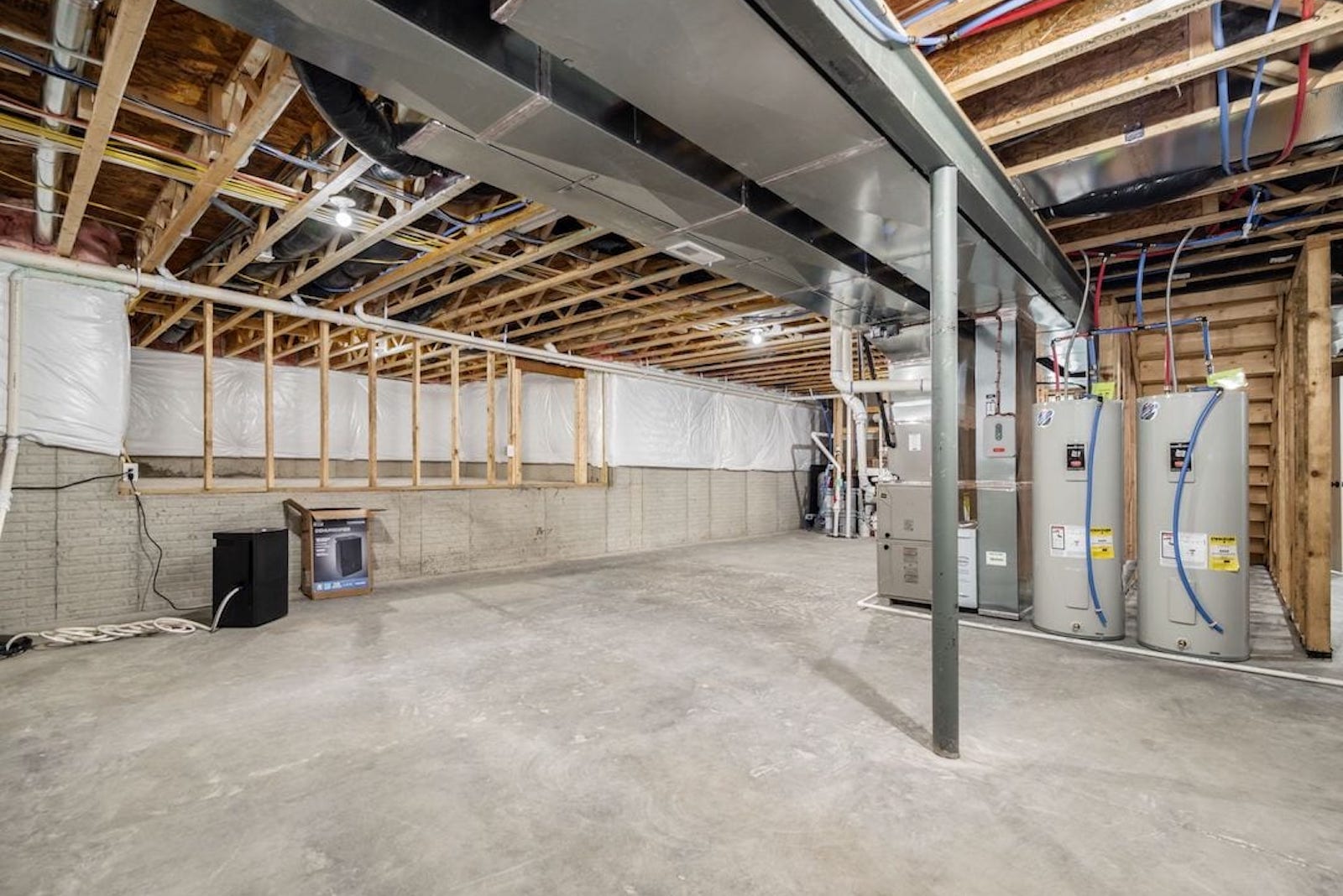
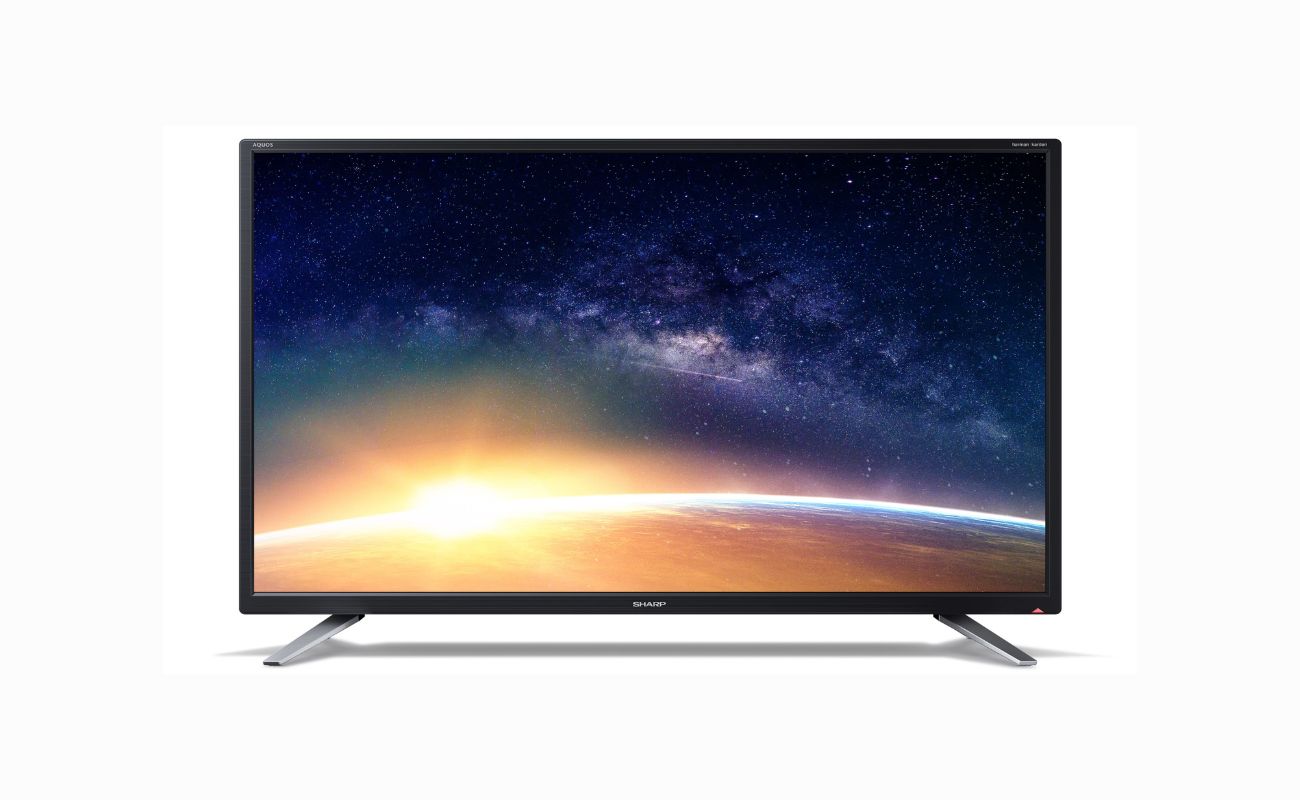




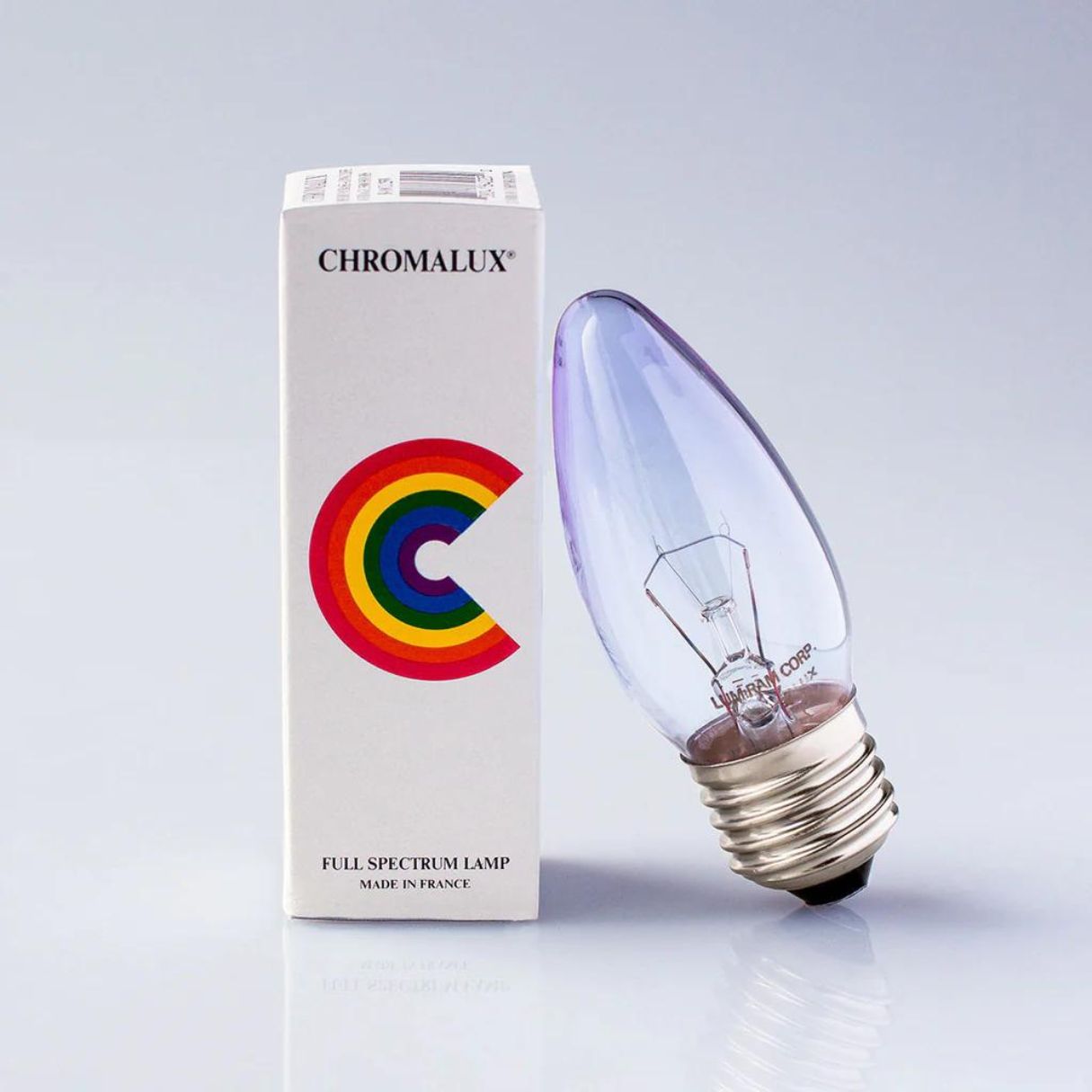



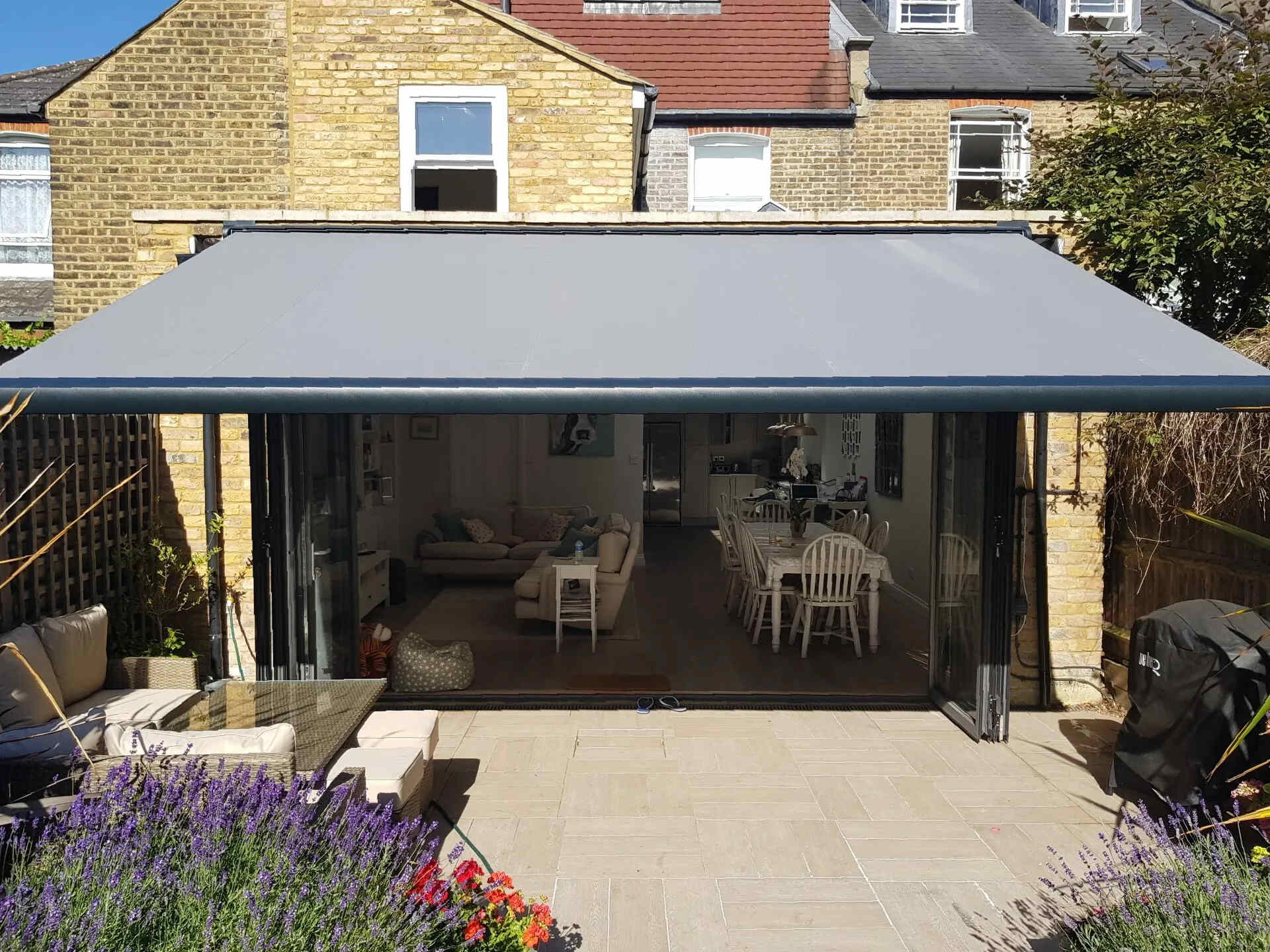
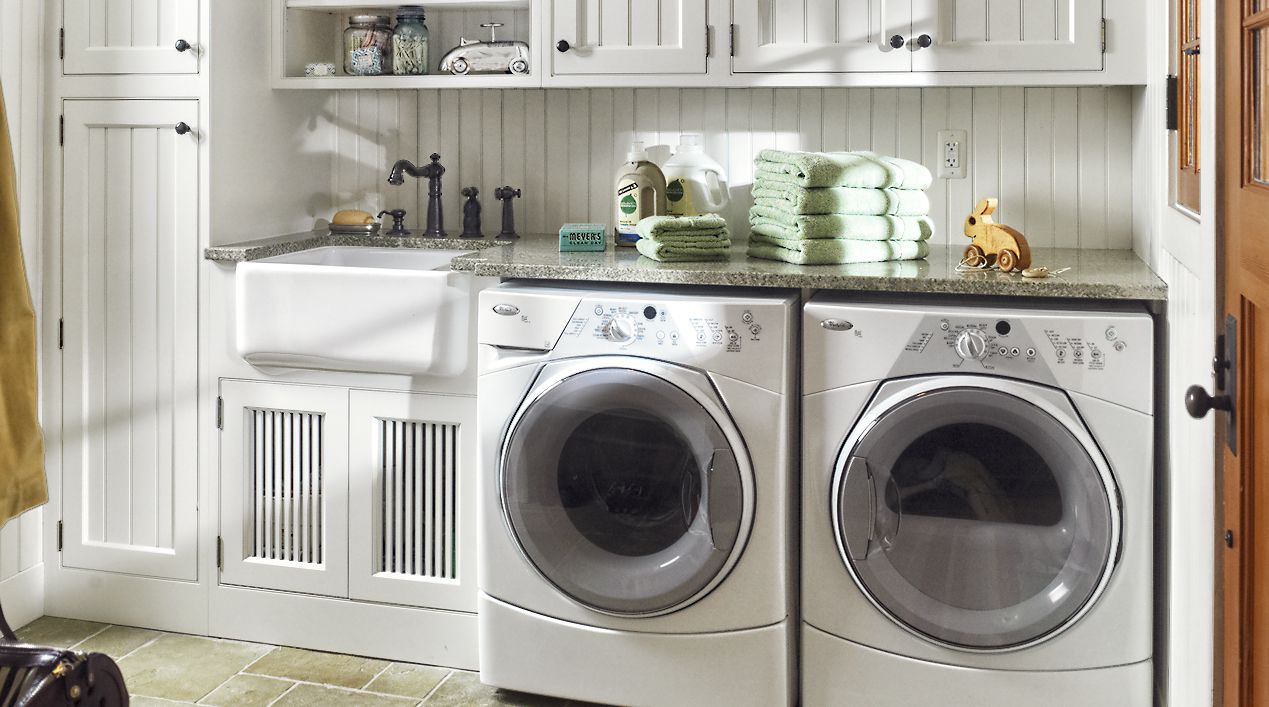

0 thoughts on “What Is Full Glass Coverage”